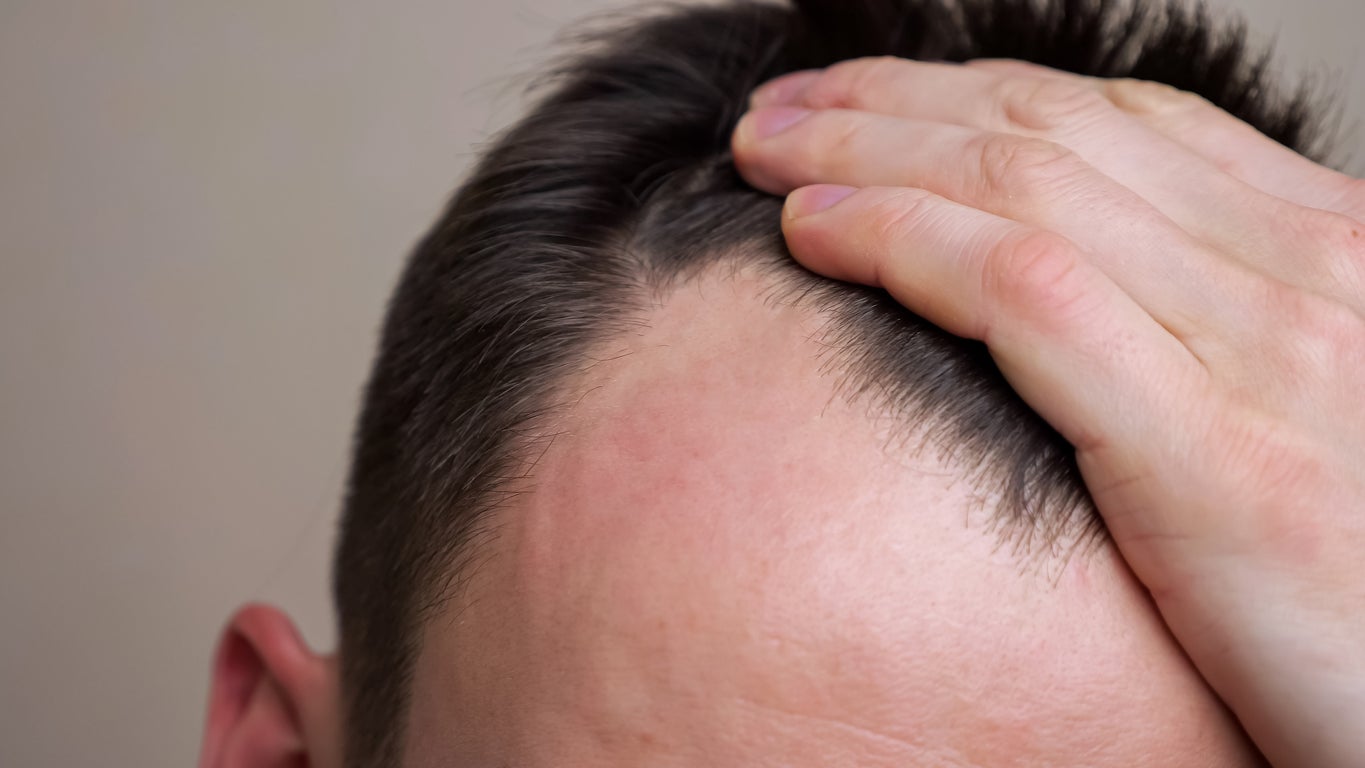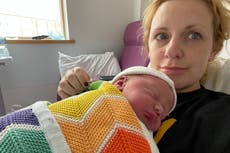Science moves a step closer to curing hair loss
Researchers now intend to look into drug development and regenerative medicine

Science has moved a step closer to reversing hair loss after hair cells were generated in a lab.
Researchers grew fully mature follicles with long shafts and were even able to improve colour by adding a drug that boosted melanin, a natural pigment.
Announcing the breakthrough, they said their work “could contribute to development of useful applications in treating hair loss disorders, animal testing, and drug screenings”.
The technique involves creating skin organoids – tiny, simple versions of an organ – in a petri dish.
Lead author Dr Tatsuto Kageyama, of Yokohama National University in Japan, said: “Organoids were a promising tool to elucidate the mechanisms in hair follicle morphogenesis in vitro.”
Using two types of embryonic cells, the Japanese team developed hair shafts with almost 100 per cent efficiency.
The organoids produced fully mature follicles about 3mm in length after 23 days of culture.
As growth occurred, the researchers monitored formation and pigmentation – shedding fresh light on chemicals involved in the process.
The findings published in the journal Science Advances also have implications for animal testing and drug screening.
By transplanting the organoids, they achieved regeneration with repeating hair cycles.
Dr Kageyama said: “The model could prove valuable for better understanding of hair follicle induction, for evaluating hair pigmentation and hair growth drugs, and for regenerating hair follicles.”
Results could also be relevant to other organ systems and contribute to the understanding of how physiological and pathological processes develop.
Looking ahead to future research, the team plans to optimise their organoid culture system with human cells.
Co-author Professor Junji Fukuda said: “Our next step is to use cells from human origin, and apply for drug development and regenerative medicine.”
Future research could open the door to developing fresh treatments for hair loss disorders, such as male pattern baldness.
The same principles could one day be harnessed to grow replacement teeth or other body parts.
Baldness and other forms of hair loss affects both men and women. Former tennis star Andre Agassi described his hair loss as a young man as like losing “little pieces of my identity”.
Around half of women over the age of 65 suffer from female pattern baldness. We still understand little about the molecular mechanisms behind hair growth and loss.
Each hair follicle on our scalp is a miniature organ, which follows its own rhythmic cycle of growth, regression and rest throughout our lifetimes.
With age, some of them become sensitive to hormones on the scalp, most notably dihydrotestosterone or DHT, which binds to the follicles and miniaturises them until they no longer produce visible hair.
However, we know hardly anything about how this miniaturisation process happens, or how to prevent it.
Dr Kageyama and colleagues say they have moved a step closer to finding out.
SWNS
Join our commenting forum
Join thought-provoking conversations, follow other Independent readers and see their replies
Comments



Bookmark popover
Removed from bookmarks